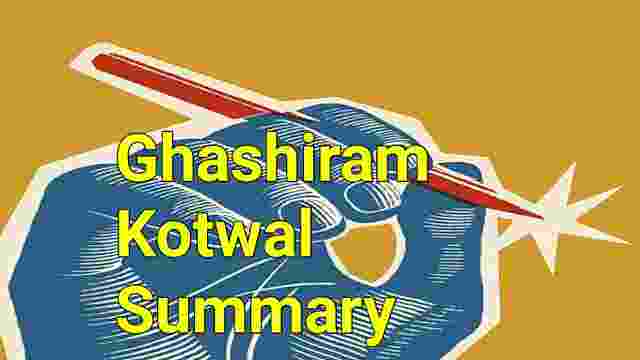Arue and false fears let us refrain, Let us love nobly, 'and live, and add again Years and years unto years, till we attain To write threescore, this is the second of our reign.
Introduction:
These lines have been taken from John Donne's poem "The Anniversary" in which he depicts the celebration of the first anniversary of falling in love, the occasion on which the speaker turns quite philosophical. These are the final lines of the poem. This three stanza poem has ten lines in each stanza. It has the rhyming structure of AABBCCDDEE, also known as rhyming couplets.
Explanation:
The speaker of the poem thought of death amidst this feeling of certitude appears to be out of tune. In a crescendo of ardour, he echoes, and embellishes Catullus V, line one: "Let us love nobly, and live ... "The inspired placing on one line of "Years and years unto years ." slows the pace and enhances the sense of accumulation. We feel the years' weariness, perhaps, but also their span and fullness. The tone of these lines aspires to majestic certainty, reinforced, as are all- end-of- stanza quatrains, by a single rhyme-sound. But a tremor of anxiety remains, and there's even a certain pathos in the concluding declaration that this year is "the second of our reign". Donne seems to hint at the rcalisation that the lovers, while destined for lifelong and death-defying fidelity, have still quite a way to go.
Comments:
It is pointed out in the poem that the lovers will be like "all the rest", thoroughly blessed in the Afterlife. Thus, they will no longer have a unique and ageless relationship. Yet, while they remain on earth, they are in the special realm of constant love, which is available to "none but we". The lovers are subject to the progress but not the depredations of time. He concludes that they should "love nobly, and live, and add again/Years and years unto years" (lines 28-29).












0 Comments